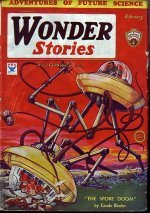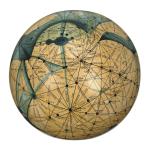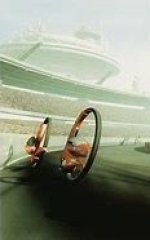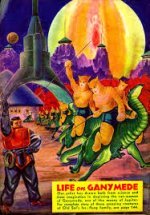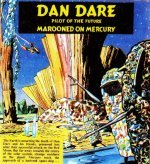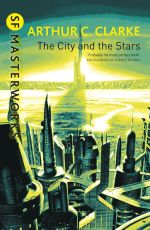A relic from the old space program
by John Michael Greer
(Cumberland, MD, USA)
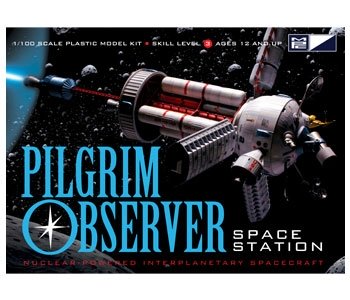

When I was a boy, back when Heinleins walked the earth, I built a lot of model kits -- everything from World War II tanks to creature-feature dioramas -- but I had a special thing for spacecraft, especially spacecraft that never actually happened. My favorite of all was an item from MPC, one of the big model companies in those days, called the Pilgrim Observer. It was supposed to be the workhorse spacecraft of the post-Apollo era of planetary exploration, a big, convincingly ungainly 8 to 12 person ship with a NERVA nuclear engine on a long boom aft, three rotating arms up front that produced about 0.lg worth of centrifugal force to imitate the effects of gravity, and a whole galaxy of similar details.
Of course it was never built, but it could have been. I had one hanging from the ceiling in a corner of my bedroom for years. I hoped to see one lift off from Kennedy Spaceport. No, let's be honest -- I wanted to catch the space shuttle up a few weeks later, float through the airlock onto the Pilgrim I, and run the oxygen- and food-producing hydroponic gardens all the way to Mars and back.
A few years back, I found out that the kit was back in production -- a firm called Round 2 that specializes in re-releasing old model kits got the molds and started filling them with polystyrene again -- and I got one and built it. It's hanging from the ceiling in a corner of my study right now, dish antenna turned toward distant Earth, NERVA engine shut down until it's time to start braking into Mars orbit. I suspect something not all that different is going to feature in the Old Mars fiction I'm plotting out right now.
One thing I recall from those same, at this point rather distant years, was that the Old Solar System wasn't just a matter of books and magazines. There was a lot of it in all kinds of corners in popular culture. The amusement park just north of downtown Seattle in those days, in the old Worlds Fair grounds, had a ride titled "FLIGHT TO MARS" that included a lot of bits of OSS folklore in a sort of low-budget vein. So I'm wondering whether other readers of this site also have relics of the old space program in their memories, or even in their homes...
{Z: Well, can anybody follow this one up? Material memorabilia of the future-that-ought-to-have-happened? I once possessed a few Space Cards, but I can't remember where I got them from, and I certainly don't have them now. One such card is depicted on the Mercury page of this site - showing a froglike Mercurian fire-dweller. I can well imagine there may have been model spaceships in breakfast-cereal packets, even tiny ones in Christmas crackers... and for that matter, I wonder what has happened to the props used in old science fiction films and TV series.}







